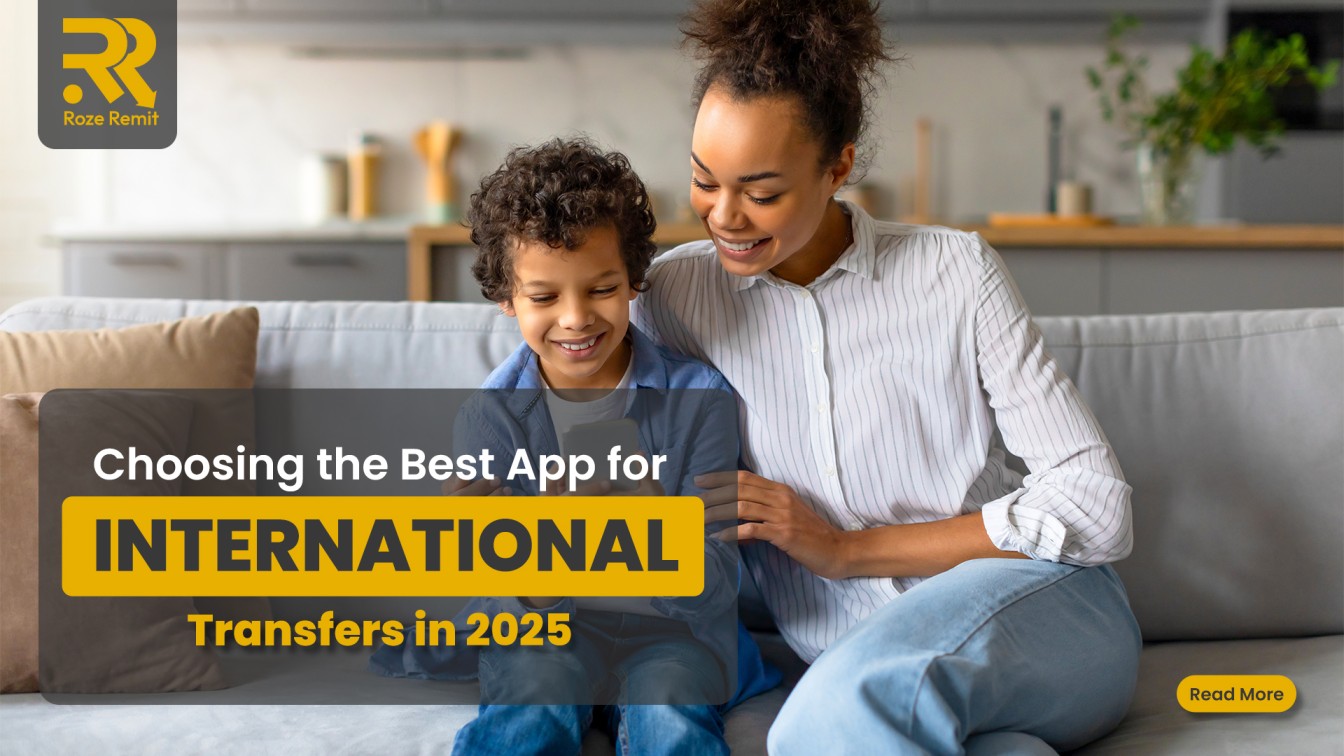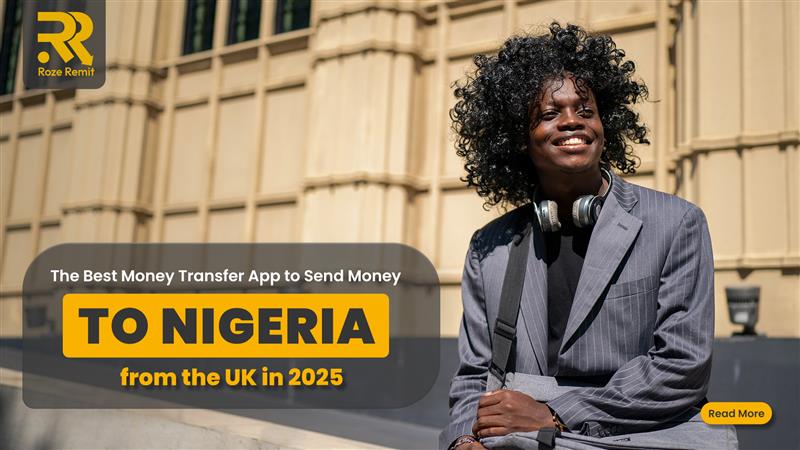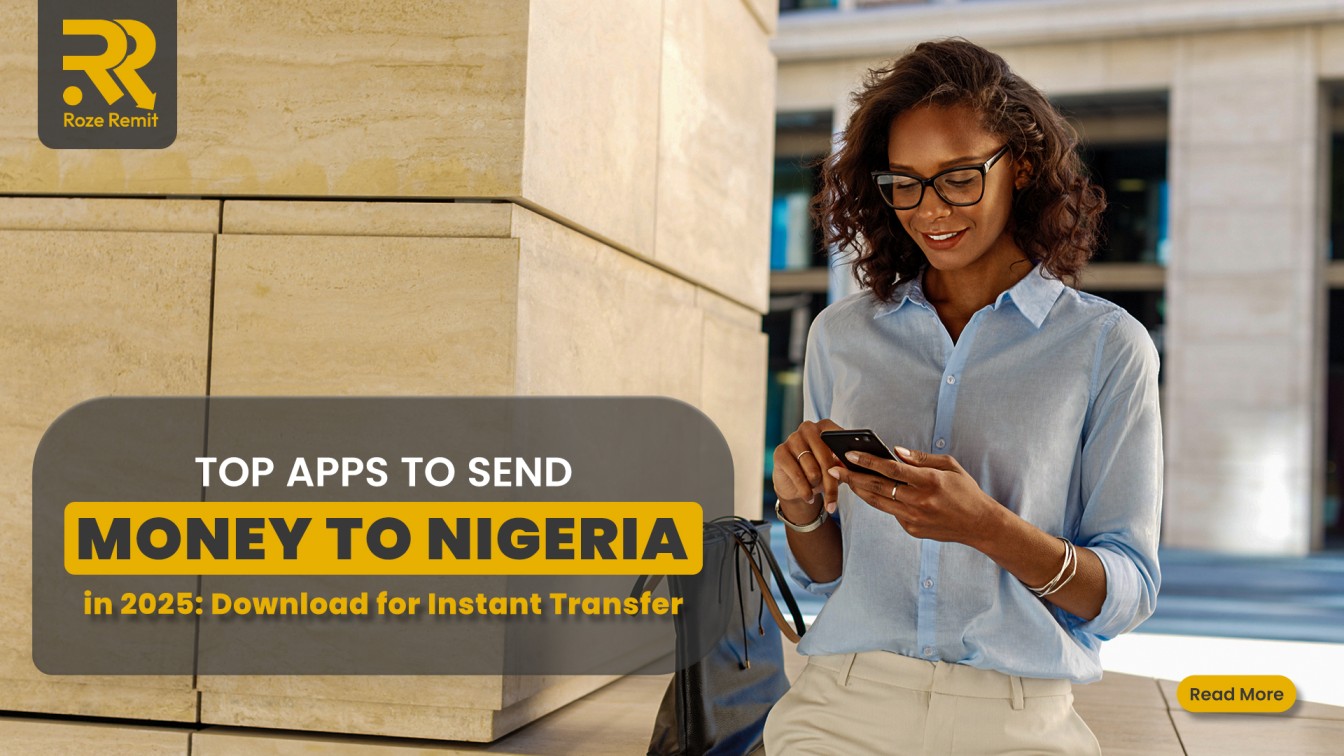Choosing the Best App for International Money Transfers in 2025
14 November 2025

Choosing the right app for international money transfers hinges on transparent fees, transfer speed, geographic reach, security, user experience, and responsive support. With digital remittance volumes projected to reach US$428 billion in 2025, understanding these factors helps senders minimize costs, reduce delivery times, and ensure funds arrive safely. This expanded article examines each criterion in depth, explores emerging technologies such as blockchain and AI, and provides practical guidance for both personal and business transfers.
Transparency and Fees
Transparent pricing empowers users to compare providers accurately.
Apps typically charge two types of fees:
- Fixed or tiered transfer fees: A set amount per transaction (e.g., £0.99–£3.99).
- Exchange‑rate markups: A percentage added to the mid‑market rate, often ranging from 0.5% to 3%.
When evaluating fees:
● Always view the total cost breakdown before confirming a transfer.
● Beware zero‑fee promotions that offset costs via unfavourable exchange rates.
● Consider volume discounts if you remit frequently or in large amounts.
Transfer Speed
Different use cases demand varying speeds:
Speed Option | Delivery Time | Typical Fee | Use Case |
Instant | Minutes | Higher (1–3%) | Emergencies, urgent bills |
Same‑day | Hours | Moderate (0.5–1%) | Regular support payments |
Economy | 1–3 business days | Lowest (0.5%) | Non‑urgent remittances |
● Express services leverage pre‑funded pools to deliver within minutes.
● Economy transfers balance cost and speed, ideal for planned remittances.
Geographic Reach and Payout Methods
Coverage determines whether your recipient can access funds conveniently.
Bank Deposits
Supported almost universally, but may suffer delays in certain corridors.
Cash Pickup
Vital in regions with low banking penetration; networks include local agents and post offices.
Mobile Wallets
Rapidly growing in Africa and Asia, integrates with services like M‑Pesa, Paga, and OPay.
Before choosing, verify:
● Supported payout options in your recipient’s country.
● Agent network density for cash pickups.
● Mobile‑wallet compatibility and limits.
Security and Regulatory Compliance
Robust security and compliance minimise fraud and legal risk.
● Encryption: End‑to‑end TLS and AES standards protect data in transit and at rest.
● Authentication: Multi‑factor and biometric logins prevent unauthorised access.
● Licensing: Regulated by authorities such as the UK’s FCA, Australia’s AUSTRAC, and FinCEN in the US.
● KYC/AML: Automated identity checks and transaction monitoring ensure legal compliance.
Always review an app’s privacy policy, encryption protocols, and regulatory disclosures before registering.
User Experience and Support
A seamless interface and reliable support reduce errors and stress.
Intuitive Design
● Simple sign‑up and recipient management within a few taps.
● Real‑time cost simulators based on live exchange rates.
Customer Support
● 24/7 in‑app chat, email, or phone support for urgent issues.
● Clear dispute resolution and refund policies.
● Detailed FAQs and community forums.
High user ratings in app stores often reflect superior UX and support.
Emerging Technologies and Future Trends
Blockchain and Distributed Ledgers
Blockchain reduces intermediaries, slashes fees, and accelerates settlement. Pilot programs by banks are showcasing cross-border smart contract settlements on permissioned ledgers.
AI‑Driven Routing and Compliance
AI optimises transfer routes in real time, balancing cost, speed, and risk. Machine‑learning models flag suspicious patterns for AML compliance.
Central Bank Digital Currencies (CBDCs)
CBDCs promise direct, programmable cross‑border payments with minimal intermediaries. Several central banks plan retail CBDC pilots by 2025, potentially integrating with existing remittance rails.
Embedded Finance and APIs
APIs enable remittance features within payroll, e‑commerce, and accounting platforms, creating frictionless payment experiences for businesses and freelancers.
Practical Tips for Senders
- Compare Total Cost: Use comparison tools that aggregate fees and rates across multiple apps.
- Test Small Transfers: Trial with a small amount to assess speed and reliability.
- Lock Rates: Some apps allow rate locking for a short window to protect against volatility.
- Monitor Promotions: New‑user offers and referral bonuses can reduce costs.
- Keep Records: Download receipts and track transaction IDs for reference.
Conclusion
Selecting the optimal app for international money transfers means weighing transparent fees, delivery speed, coverage, security, and user experience. As remittance volumes rise and technologies evolve, innovations like blockchain, AI, CBDCs, and embedded finance give senders more choices and greater control than ever before. By applying the criteria and tips outlined here, individuals and businesses can send money across borders efficiently, affordably, and securely.




